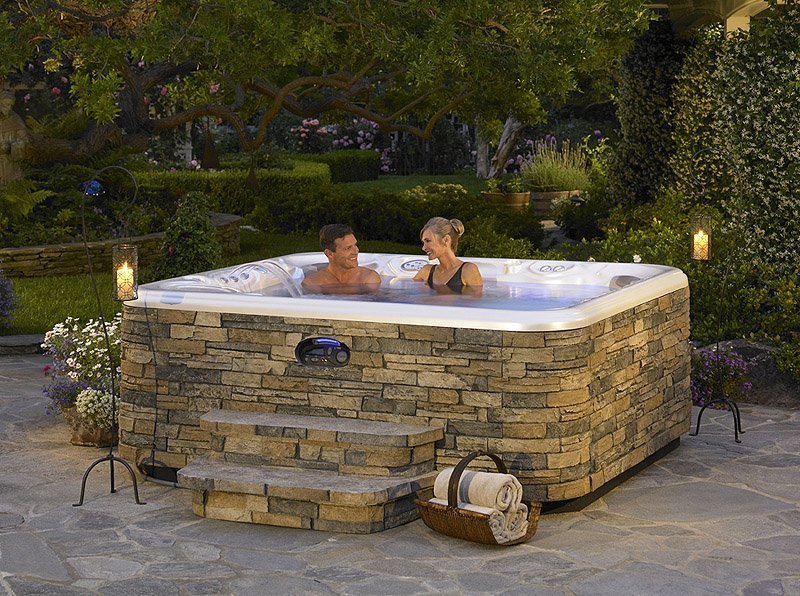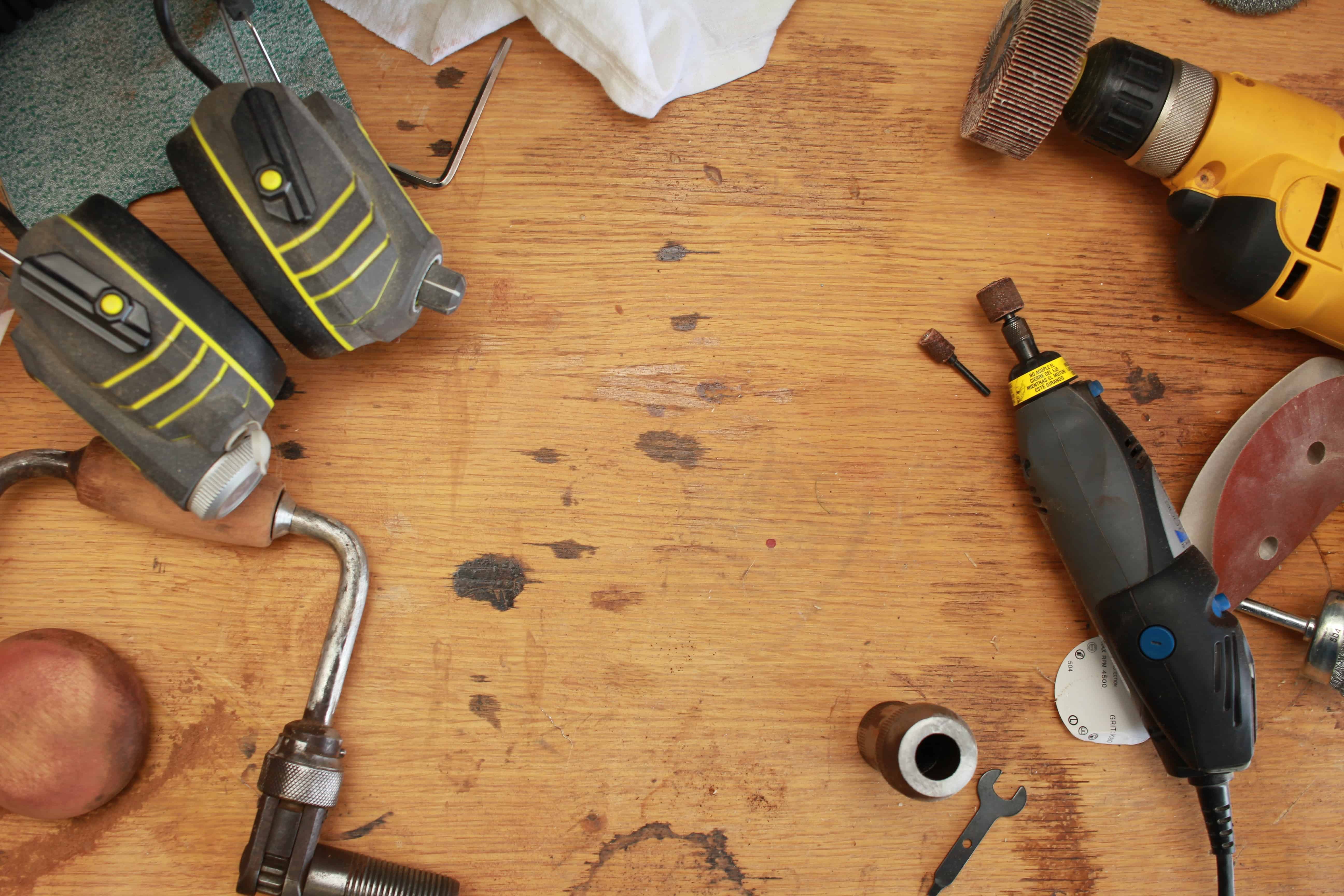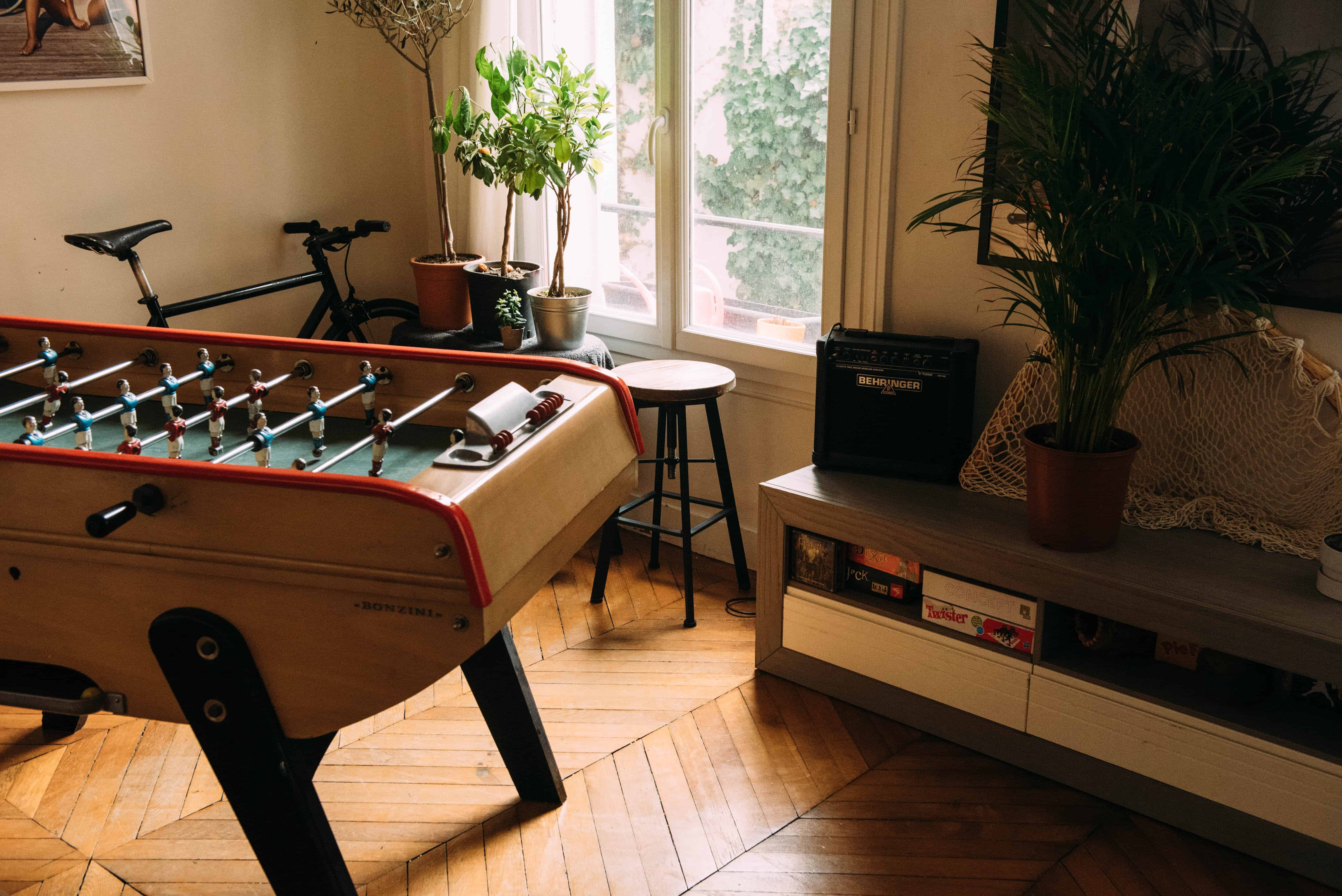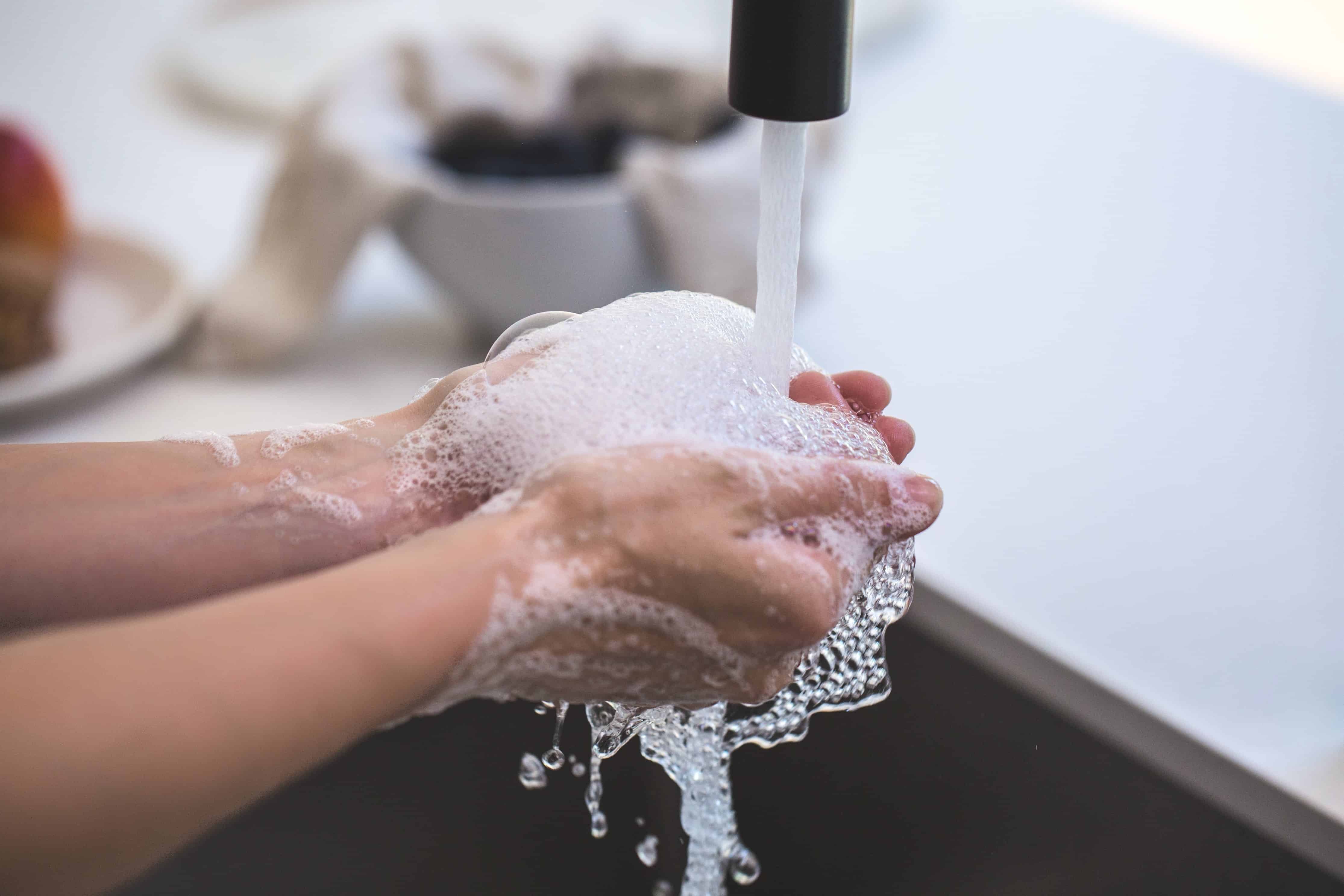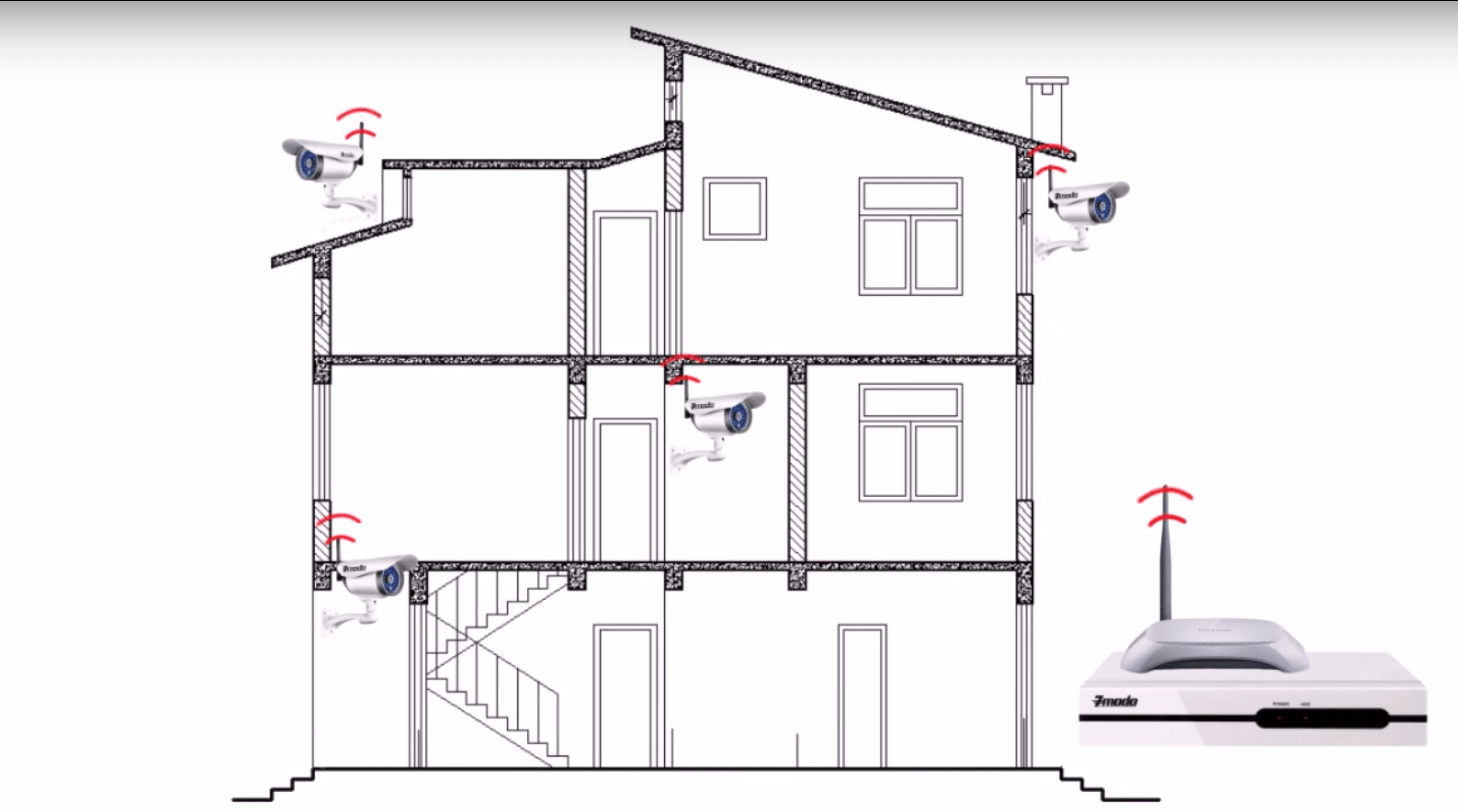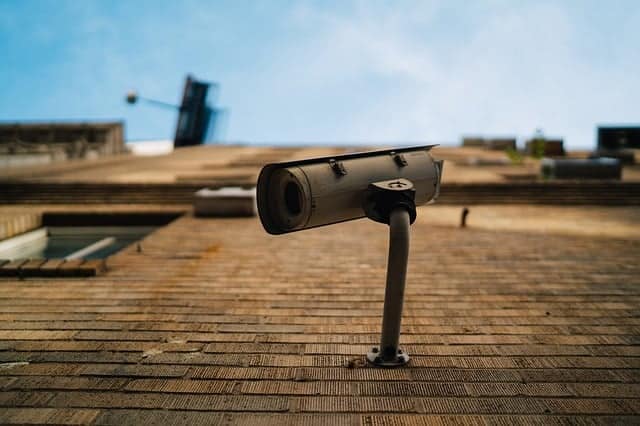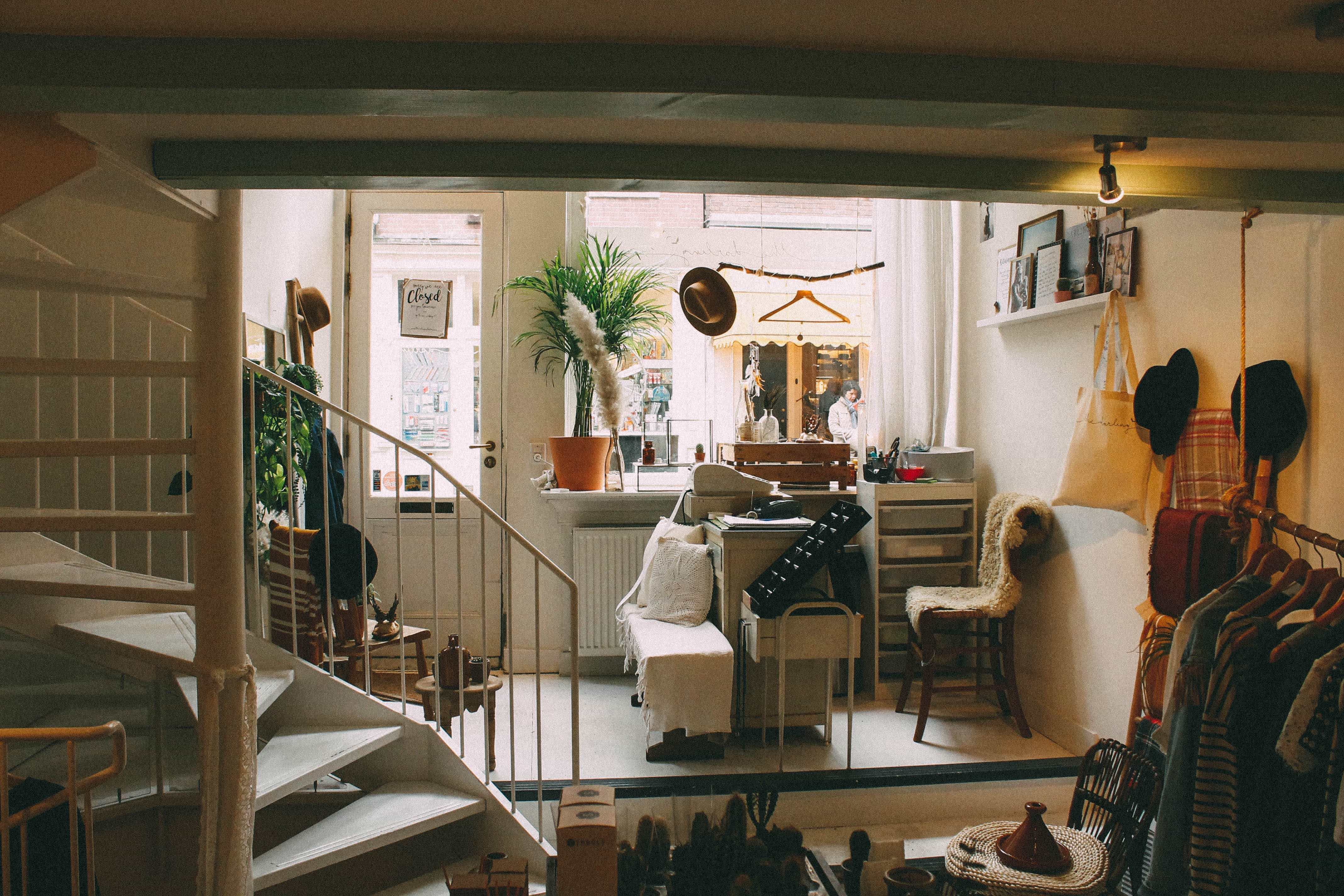- Home
- DIY
10 Hot Tub Enclosure Ideas
Once you purchase a new hot tub you need to find a home for it, and in some cases, a hot tub enclosure is an answer. Arguably the best and most challenging thing about hot tub enclosures is how you’re going to decorate it. There are so many factors to take into account: how beautiful […]
Home Maintenance Checklist
Your home is your most significant investment. So, why wouldn’t you take proper care of it? Just like a car needs regular oil changes, keeping up with home maintenance tasks is a must. It is much easier to do your chores now and then instead of paying for extensive repairs. All these tasks can seem […]
4 ways to transform that spare bedroom
When building or moving into a new home, it’s always nice to find that you have a bonus room. This is effectively an extra room that can serve any purpose you like, be it as a makeshift guest room when you have overflow during the holidays, a space for kids to play, or a special […]
House cleaning checklist
Nothing feels quite as good as a squeaky clean house. Our house cleaning checklist has 144 tasks and we promise, if you or your housekeeper complete all of them, your home will feel brand new. This checklist goes room by room to help you clean your home, and we even included a bonus spring cleaning […]
NVR vs DVR – What’s the difference between them?
If you are contemplating about getting a video surveillance system, there are actually two types of security systems you can find in the market right now. These are the NVR security systems and the DVR security systems. As you probably know by now, the NVR or network video recorder and the DVR or digital video […]
How to Install Security Camera at Home
When you talk about how to install a security camera system in your home, your mind should always do two things. They include how to install outdoor security camera wiring, and how to hide security camera wires outside. If the camera or the wire is exposed they are subject to attack by intruders. You can […]
Best Hidden Outdoor Security Cameras
What is the Best Hidden Outdoor Security Camera? A hidden outdoor security camera is a multi-camera surveillance system that is hidden from intruders and installed in any outdoor portion of your home. Such cameras are placed in the driveways, walkways, and other secure places. Homeowners consider various variables in making their choice of such cameras, […]
12 Things to Remember When Moving
Moving into a new home or apartment? With the whirlwind of things to do, it’s easy for some smaller items to fall off to the wayside. That’s why we created this moving checklist. There are a few basic things you can do early on to make moving day a breeze. So? What are the things […]
Kitchen Essentials – How to Set Up Your Dream Kitchen
Whether you’re moving into your first apartment or you’re moving to a new house, the kitchen will be an important part of your new home. Our checklist of kitchen essentials has all of the tools, utensils, cookware, and gadgets you’ll need to whip up some delicious meals. Below we’ll cover the necessities you should have […]
Decorating on a budget
Moving into a new home is like walking into a blank canvas. It’s incredibly exciting, but it can also be overwhleming. Buying a new house comes with costs, from the down payment to the lender fees, realtor fees, and the cost of moving. By the time you are ready to move in, you might not have […]
